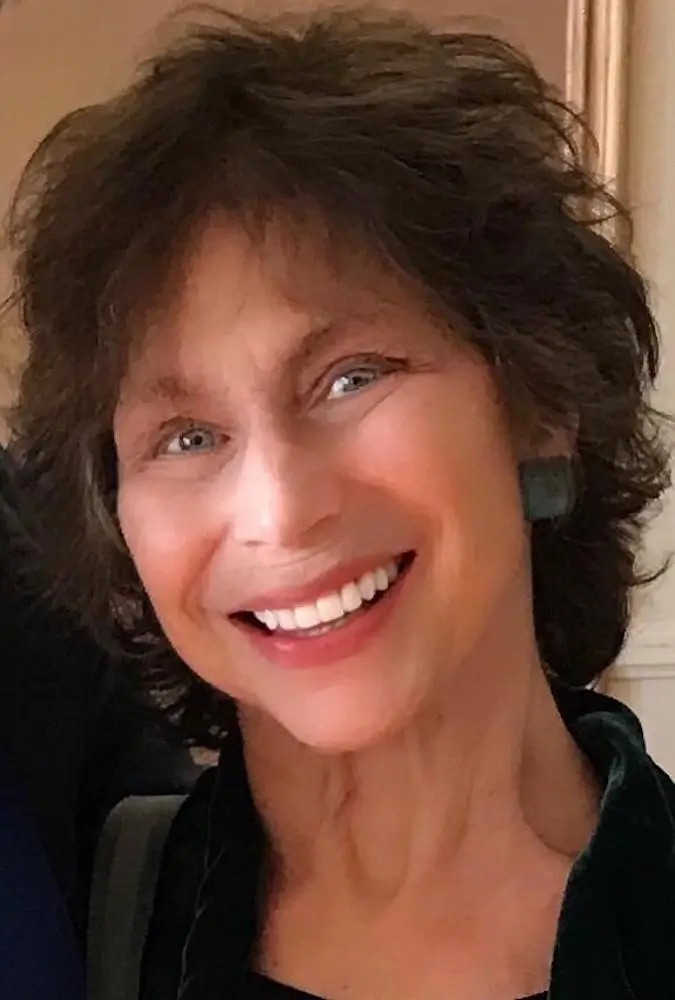Janet Sternburg is a fine art photographer, a writer of literary books, a maker of theatre and films, and an educator.
Since 1998 when she began taking photographs, her work has appeared in Aperture (2002), that same year on the cover of Art Journal, and in 2003 in The Utne Reader (“A New Lens,” 2003), in which she was selected as one of forty international artists and writers who “with depth, resonance, ideas and insights, challenge us to live more fully.” A monograph of her photographs, Overspilling World: The Photographs of Janet Sternburg, was published in 2016–17 by Distanz Verlag with a Foreword by Wim Wenders, in which he writes, “Photographers don’t have eyes in the back of their heads. Janet Sternburg does.” A second monograph followed in 2021, also from Distanz, I’ve Been Walking: Janet Sternburg Los Angeles Photographs, taken by Sternburg during the COVID-19 pandemic.
Her photography has been exhibited in solo shows in New York, Los Angeles, Berlin, Milan, Munich, Mexico, and Korea, where she received a commission for a full-building installation at Seoul Institute of the Arts. In 2018, the USC Fisher Museum of the Arts presented her solo show LIMBUS. She pioneered in the use of disposable cameras to create images in which elements interpenetrate, a visual world without borders.
Her literary books include the classic two volumes of The Writer on Her Work (W.W. Norton, 1981 and 1991), called “landmarks” and “groundbreaking” by Poets & Writers magazine; her papers for that book are now archived at the Harry Ransom Center, University of Texas. Other critically praised books followed, among them Phantom Limb (University of Nebraska American Lives Series, 2002) and White Matter (Hawthorne Books, 2016), both using a hybrid form of memoir and essay to probe family, neurology, and history, as well as a collection of poetry, Optic Nerve: Photopoems (Red Hen Press, 2005).
Other creative work includes her film, El Teatro Campesino, a feature-length documentary on the Chicano theatre troupe (1969) selected for the New York Film Festival at Lincoln Center; her film Virginia Woolf: The Moment Whole (1971), broadcast on National Educational Television and winner of a Cine Golden Eagle, as well as her play, The Fifth String (2011–2014), about Arab and Jewish expulsions throughout history, produced in Berlin, New York, and Los Angeles.
Sternburg lives in San Miguel de Allende, Mexico, and also has a residence in Downtown Los Angeles’ Little Tokyo. She has been the recipient of numerous grants, fellowships, and artist residencies, among them from the National Endowment for the Humanities and MacDowell. She has taught in the Graduate Media Program at The New School University and in the Critical Studies School at the California Institute of the Arts. In 2016, she was co-recipient of the REDCAT Award, given to “individuals who exemplify the creativity and talent that define and lead the evolution of contemporary culture.”
